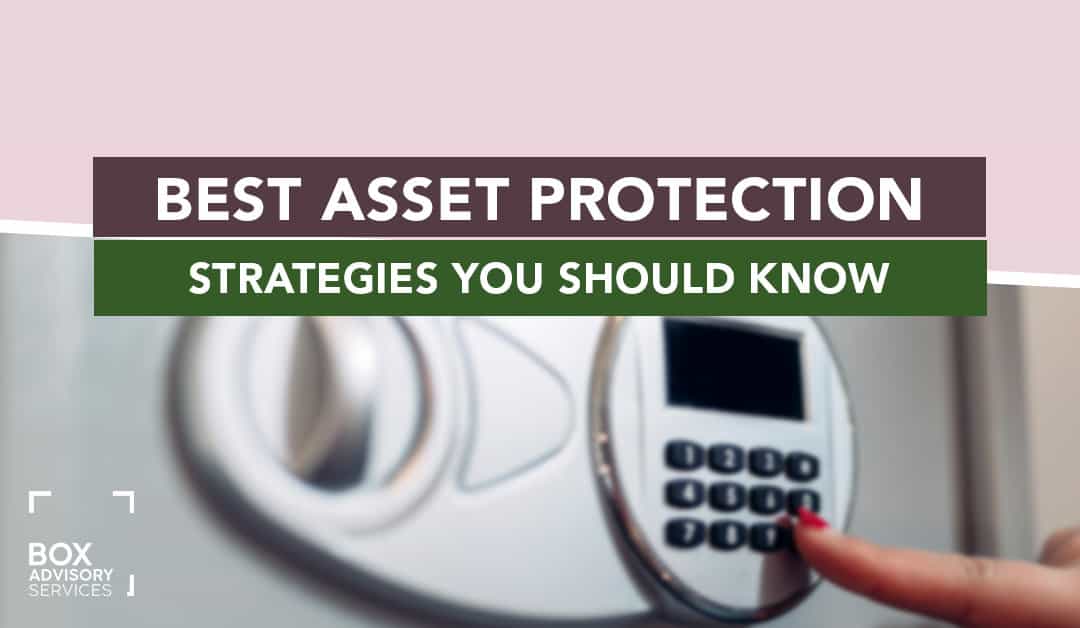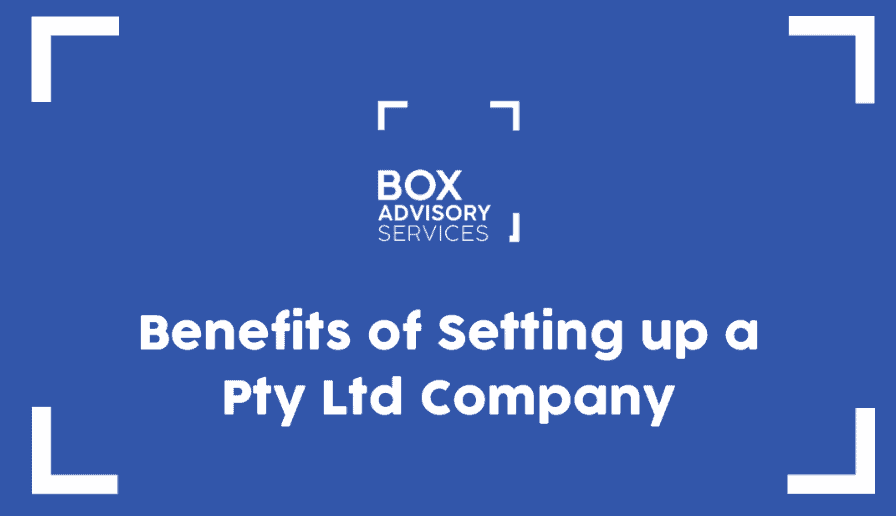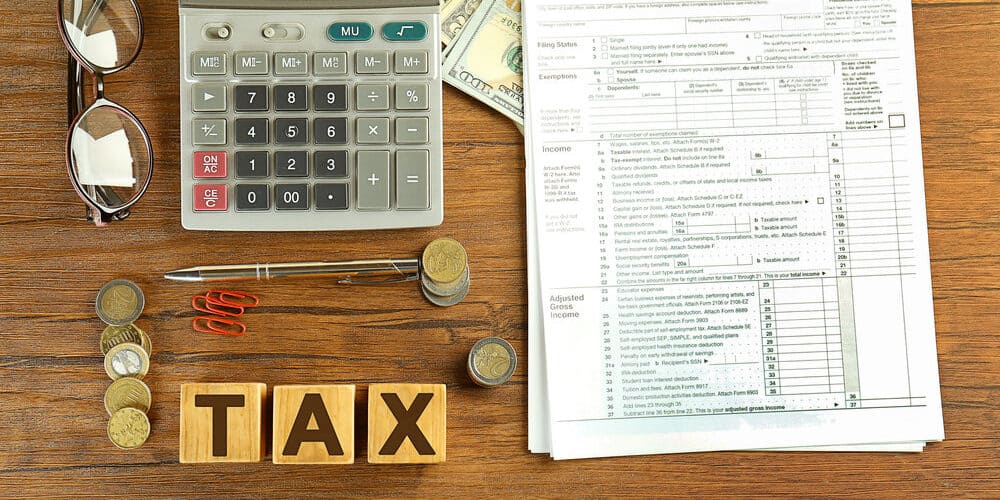
BY
|
The 4 Best Asset Protection Strategies You Should Know
The 4 Best Asset Protection Strategies You Should Know
Asset protection strategies are arguably as significant as purchasing the assets in the first place.
Many Australians dream of owning multiple assets such as investment properties and companies, but unfortunately, there is a lack of education around the importance of protecting those assets once you own them.
So, we’ve created this list of the best asset protection strategies to help guide you on safeguarding your property.
Why Is Asset Protection Important?
Running a business comes with many potential risks – an unexpected event can happen at any time. For example, your business might end up struggling to pay creditors due to circumstances out of your control or your business is a party to a lawsuit.
The same applies to your personal life. Perhaps you’ve been involved in an accident and are now being sued for damages. Or, maybe you’re settling a divorce with your ex-spouse.
Either way, you’ll want to consider employing asset protection strategies to shield your personal wealth from any potential risks.
The 4 Effective Asset Protection Strategies
Here are some of the most effective asset protection strategies you should consider implementing.
1. Establishing an Asset Protection Trust
A discretionary trust is the most common type of trust in Australia for asset protection purposes. In the case of a discretionary trust, the trustee is given complete discretion as to how the trust income is distributed to the beneficiaries.
Discretionary trusts are generally associated with asset protection and tax planning. For example, a family trust (which is the most common type of discretionary trust), is usually set up to manage a family business or hold a family’s personal or business assets.
The reason these discretionary trusts are used as asset protection strategies is because the beneficiaries have no right to any of the property within the trust.
Having no interest in the trust property means that if any of the beneficiaries become liable to settle debt, a creditor won’t be able to obtain an order against the trust property.
Example:
Meagan started her own business in 2019. She had run it for just over a year, but unfortunately, the effects of the COVID-19 lockdown meant that she couldn’t run her business and it was wound up.
Because she was renting retail space to operate her business from, her landlord ended up obtaining a court order against her for $150,000.
Meagan had used discretionary trust, to which she was a beneficiary, to purchase an investment property. As a result, her landlord would not have any claim against the investment property because Meagan is not the owner, the discretionary trust is.
Note, however, that a discretionary trust can be used to purchase interests in businesses, shares in companies and investment properties. So, the trust can have its own creditors and those creditors have a right to property held in the trust.
One major downfall of using a trust as an asset protection strategy is that you will have to transfer ownership of your assets to the trustee, who will become the new legal owner. This could result in significant stamp duty costs and capital gains tax issues. It is best to seek professional advice before carrying out this plan.
2. Restructuring Your Business Structure
Choosing the right business structure isn’t just about tax efficiency or how much admin you want to deal with. It can have a huge impact on how well your personal assets are protected if something goes wrong in the business.
While each structure has its own pros and cons, from an asset protection point of view, it’s often best to avoid operating as a sole trader or general partnership. The reason is simple: there’s no legal separation between you and your business. If the business is sued or can’t pay its debts, including to the ATO, you’re personally on the hook. That includes your house, your car, your savings account and even jointly owned property.
Here’s how the liability risk compares:
| Business Structure | Personal Liability for Debts | Separation Between Business & Personal Assets | Asset Protection Rating |
| Sole Trader | Yes | No | Low |
| Partnership | Yes (jointly and severally) | No | Low |
| Company | No (generally limited to company assets) | Yes | Medium–High |
| Discretionary Trust | No (trustees may have duties, but assets can be protected if structured properly) | Yes | High |
If you’re aiming to protect assets like your family home, setting up a company or discretionary trust structure can create a legal barrier between you and your business risks. These structures offer what’s known as limited liability, which means your personal assets are generally off-limits if the business runs into trouble.
There are caveats, of course. Directors of companies can still be personally liable for unpaid PAYG withholding, superannuation and GST under the ATO’s director penalty regime. And trusts need to be structured and managed correctly, including appointing a corporate trustee, to offer meaningful protection.
But the core principle holds: separating yourself legally from your business helps limit the financial fallout if something goes wrong.
Example:
Take Meagan, for example. She owns an investment property through a discretionary trust, which keeps it out of her personal name. On top of that, she operates her business through a company structure. If her business were to go into debt, or get hit with a legal claim, her investment property wouldn’t be at risk, because it’s not owned by her personally, and her business is a separate legal entity.
This kind of restructuring is a key part of building long-term financial resilience. It ensures that one bad year in business doesn’t wipe out the personal wealth you’ve spent years building.
3. Low-Risk Spousal Ownership Structure
When it comes to protecting assets, who owns the asset is just as important as how it’s owned. One common and legally effective strategy for safeguarding the family home or other valuable personal assets is to place them in the name of a low-risk spouse.
This approach is based on the idea that if one partner operates a business or works in a profession that carries a higher risk of litigation or financial exposure, the other partner, if not engaged in any high-risk activities, is far less likely to be targeted by legal or creditor claims.
In practical terms, this means that if you’re the one running a business or taking on financial risk, it might make sense for the family home, investments, or even vehicles to be legally owned by your spouse (so long as they’re not also carrying business or professional risk themselves).
Why this can work
Under Australian law, creditors generally can’t seize assets that aren’t in your name, even if you contribute to them financially. So, if your spouse owns the family home and you’re hit with a lawsuit or personal guarantee enforcement, that home is usually out of reach.
But there are limits. For example:
- This strategy won’t work if there’s evidence that assets were transferred to avoid existing creditors.
- It also won’t protect you from family law settlements, should your relationship break down.
- And if both spouses are engaged in risky ventures, this approach offers little to no benefit.
Example:
Let’s return to Meagan’s situation. Before launching her business, she spoke to her accountant about the best way to safeguard the investment property she’d purchased a few years earlier. Her advisor suggested two options:
- Transferring the property into a discretionary trust, or
- Transferring it into her spouse’s name, provided he was considered “low-risk”.
The second option would typically have been a smart move, if her husband was not also running his own business. Because both partners were involved in separate high-risk enterprises, placing the property in her husband’s name wouldn’t have offered much added protection. In the end, they decided a discretionary trust with a corporate trustee offered the best shield for that particular asset.
Things to consider:
Before shifting assets into your spouse’s name, it’s important to weigh the legal and financial consequences:
| Consideration | Why It Matters |
| Capital Gains Tax (CGT) | Transferring ownership may trigger a CGT event |
| Stamp Duty | In some states, transferring property may attract stamp duty |
| Family Law Risks | Assets in your spouse’s name could be split in a divorce |
| Spouse’s Risk Profile | Strategy only works if your spouse is low-risk |
| Centrelink or Tax Positioning | Ownership may affect income tests or entitlements |
This strategy is rarely used in isolation, it’s often one part of a broader asset protection plan involving trusts, companies, and insurance. The key is to structure ownership in a way that reflects your risk exposure, while still preserving flexibility, control, and compliance with tax and legal obligations.
4. Insurance
Even with the right structure in place, unexpected events like illness, injury, legal claims, or death, can still derail your finances.
So, this is arguably the most simple of the asset protection measures – all you have to do is make sure you have sufficient coverage to protect your assets from being used to settle outstanding debts.
Having insurance will also protect your future earning capacity.
Consider opting for one or more of the following insurance policies in conjunction with the other asset protection strategies.
Here’s a detailed expansion of each insurance type for your blog, written in an accessible and informative tone that aligns with your previous content:
Life Insurance
Life insurance is designed to provide a lump sum payout to your nominated beneficiaries in the event of your death or terminal illness. This can be essential for:
- Covering outstanding debts such as home loans or business liabilities
- Supporting your partner or dependants financially
- Ensuring your family doesn’t have to sell assets like the family home or business just to stay afloat
Why it matters for asset protection: A solid life insurance policy ensures your loved ones won’t be forced to liquidate assets or rely on business income (which may stop if you’re no longer involved) to meet ongoing costs. It preserves your estate by providing cash flow at a time when your family needs it most.
Business Insurance
Business insurance is a broad category and can include cover for:
- Public liability
- Professional indemnity
- Cyber liability
- Business interruption
- Key person insurance
The exact mix depends on your industry, business size and risk profile. For example, if you’re a consultant or professional service provider, professional indemnity insurance can protect you from claims of negligence or errors. If you run a retail or hospitality business, public liability cover may be more important.
Why it matters for asset protection: If your business is hit with an unexpected claim, accident, or legal challenge, business insurance can fund the cost of compensation, legal fees, or lost income. This reduces the likelihood of having to dip into personal assets to cover business shortfalls.
Disability Insurance (TPD Insurance)
Total and permanent disability (TPD) insurance pays a lump sum if you suffer an injury or illness that leaves you permanently unable to work. This can help cover:
- Medical and rehabilitation costs
- Mortgage repayments or rent
- Living expenses
- Modifications to your home or vehicle if required
Why it matters for asset protection: A sudden disability can wipe out your income and force you to sell down assets just to cover day-to-day living costs. TPD insurance ensures that you and your family are protected financially, without relying on superannuation or liquidating long-term investments prematurely.
Income Protection Insurance
Income protection insurance provides regular payments (typically up to 70–90% of your pre-tax income) if you’re temporarily unable to work due to illness or injury. This cover generally kicks in after a short waiting period and can last for a set period (e.g. 2 years, 5 years, or to age 65).
Why it matters for asset protection: Income protection helps maintain your financial stability if you’re out of action for months or even years. Without this safety net, you may be forced to rely on savings, sell investment properties, or draw down equity.
Choosing the Right Insurance Mix
No two situations are the same. The right insurance setup depends on factors like your:
- Family responsibilities
- Business structure
- Level of debt
- Health and lifestyle
- Risk exposure at work
Some policies can even be held within your super fund (such as TPD or life insurance), which can help manage premiums more efficiently. However, it’s important to understand the trade-offs and limits of super-held policies.
Before committing, it’s worth speaking to a financial adviser or insurance broker to make sure your coverage aligns with your broader asset protection and estate planning strategy.
Key Takeaways
- Organising your asset protection strategies should be a vital part of your business planning – especially if you run a business or building your portfolio.
- It’s also an important aspect of making sure your family is protected in any event that may unexpectedly put your assets at risk.
- While the aim of sharing this guide was to give you an idea of the asset protection strategies you should consider having in place, there is no one-size-fits-all strategy.
- Each person’s circumstances are different, and so your assets will need to be protected in a manner that suits those circumstances.
As with setting up a trust or a company, it’s always important to get professional advice on your options.
Even if you recognise the importance of asset protection as a business owner, it can be overwhelming to make and implement a plan.
If you would like to speak to an experienced accountant who can provide you with the right advice on asset protection strategies, simply book a free initial consultation with us.



